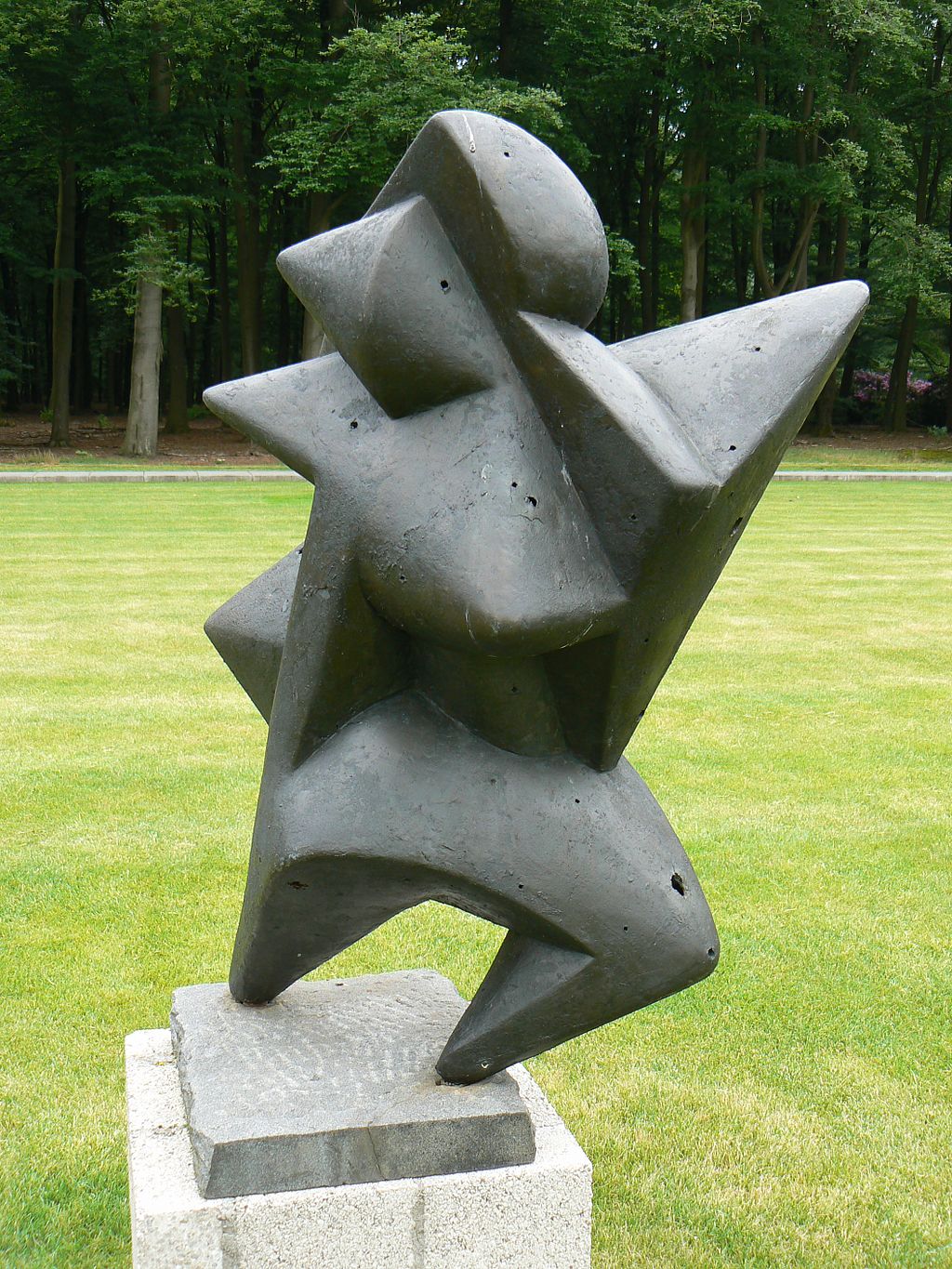Abstract sculptor Umberto Mastroianni was born 21 September 1910 in the province of Frosinone. Following early training at Rome’s Accademia di San Marcello, Mastroianni’s style was influenced early on by the abstract yet powerful forms of the Futurists, particularly those of Umberto Boccioni. In 1926 he relocated to Turin, where he found further influence of antique sculpture.
Blending these themes into his own unique sculptural style, Mastroianni began exhibiting his works on an increasingly regular basis beginning in the 1930s. It was not until the 1940s, however, following World War II, that Mastroianni revealed a renewed focus on the abstract rhythm an dynamism of his sculptures. Working with various media, Mastroianni conjured energetic and eclectic forms.
For the latter half of the 20th century, Mastroianni was a leading voice in European modernism, with accolades pouring in form exhibitions around the continent and later from around the globe. The legacy of Mastroianni’s modernism was cemented with the creation of the Fondazione Umberto Mastroianni in Arpino, near the artist’s hometown of Fontana Liri in 1993, only five years before his death.
La Conquista, 1954. Köller-Müller Museum, Houtkampweg, Netherlands.
Head, 1957. Bronze. Hirschhorn Museum and Sculpture Garden, Washington D.C.
The Winged Horseman, 1951. Marble. Galleria d’Arte Moderna, Turin.
Photograph of the artist in Arpino. Date unknown. Courtesy of Fondazione Umberto Mastroianni.




